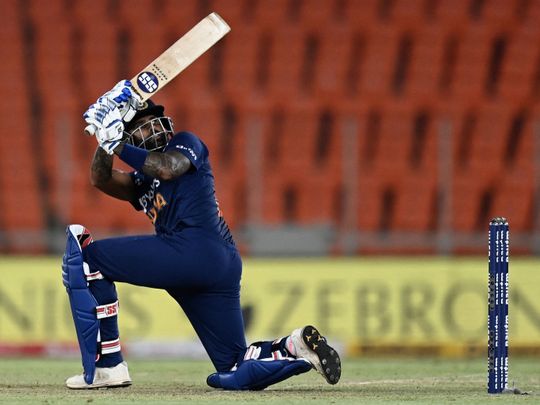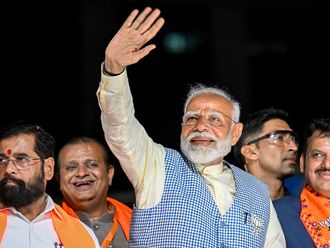
Sport and technology have an uneasy marriage. At least in cricket and football. Technology has helped advance most aspects of human activity. And that includes sport. But in some sport, the introduction of technology has given rise to a host of problems. One recent example is the controversy associated with Indian cricketer Suryakumar Yadav’s dismissal in the fourth Twenty20 International against England in Ahmedabad.
To err is human. Technology doesn’t err. The humans who interpret the technological output have erred often enough to fan the flames of controversy. And that brings us to the question of the utility of technology in sport.
How has technology helped sport? It’s helped immensely in resolving disputes over line calls, like in tennis. Football reluctantly embraced technology after disputed goalline decisions like the one in the 2010 World Cup when Frank Lampard’s thundering 40-yard free-kick came down after hitting the crossbar. Did the ball cross the German goalline? The referee and the lineman ruled otherwise. If it was ruled a goal for England, the decision could well have impacted the game and its result.
Such disputes no longer happen in football since technology helps make such decisions. But the Video Assistant Referees (VAR) in football has unleashed a storm of controversies. In the current English Premier League season, VAR has been under attack from footballers, managers and fans for the sheer amount of anomalies in decision-making. For more of that, read the Gulf News special report: Is VAR killing football?
Cricket too wasn’t an early adopter of technology. Even after it was introduced to help make calls on stumpings and run-outs, it was left to the umpires to seek the help of third umpires, who had access to video replays.
When cricket officials were convinced of the benefits of employing technology in decision-making, it began to be used to clarify other instances: to find out if a catch was clean. Along the way came the Decision Review System (DRS), which allows teams to dispute the umpires’ decisions and review them through video and audio replays by the third umpire.
That wasn’t perfect, but it worked well. If players and umpires don’t have a problem, it must be working well. So where’s the problem? Catches are the problem. Did the ball touch the ground? Did the fielder wrap his fingers around the ball before it hit the turf? Close in catches are fine since there are multiple cameras zoomed in around the pitch. But that too hasn’t been without incidents. In the recently concluded Test series against England, captain Joe Root was furious at a decision of a catch at forward short-leg.
Usually, the dust dies down at the end of the day’s play. It may rumble on for another day. But in the case of Suryakumar Yadav’s dismissal, the storm has been raging on social media. All cricketers, past and present, were highly critical of the verdict.
What’s the incident? Yadav swung Sam Curran to fine leg, where Dawid Malan seemed to have taken a stunner of catch. Was the catch legitimate? Did the ball touch the ground? We don’t know. The umpires didn’t know, which is why they send the decision to the third umpire.
The third umpire watched video replays from all the angles but could not arrive at a decision. So he couldn’t overturn the onfield umpire’s decision.
Here’s the problem. The onfield umpire was uncertain, which is why he send it for review by the third umpire. If an umpire is unsure of a catch, how can he make a decision? Because he’s forced to give a soft signal (indicating his decision) before the third umpire reviews it.
The decisions on catches in the outfield are tricky when the ball is very close to the ground. It’s beyond the visual range of both the umpires. So to force an umpire to give a soft signal based on his instinct is asking for trouble. That’s what happened here.
Umpires are human. They err. And their judgement can be clouded by other factors. When the third umpires repeatedly overturn decisions, the umpires start doubting their judgements. And third umpires are umpires too. They are not keen to overturn an onfield umpire’s decision unless there’s overwhelming proof.
In the absence of conclusive evidence, the benefit of the doubt should go to the batsman. That’s the unwritten rule in umpiring, which didn’t happen in the case of Yadav’s dismissal.
So what’s the way out? Perhaps the best solution was provided by Indian captain Virat Kohli. Instead of a soft signal, the umpires should be at liberty to indicate that they don’t know. Like in the case of umpire K.N. Ananthapadmanabhan. If that was the case, third umpire Virender Sharma won’t be burdened with the reluctance to overturn the onfield umpire’s decision.
Cricket has never been short on controversies. This certainly isn’t the last one on technology. Because humans interpret what technology offers. As the English poet Alexander Pope wrote in 1711: To err is human; to forgive, divine.









